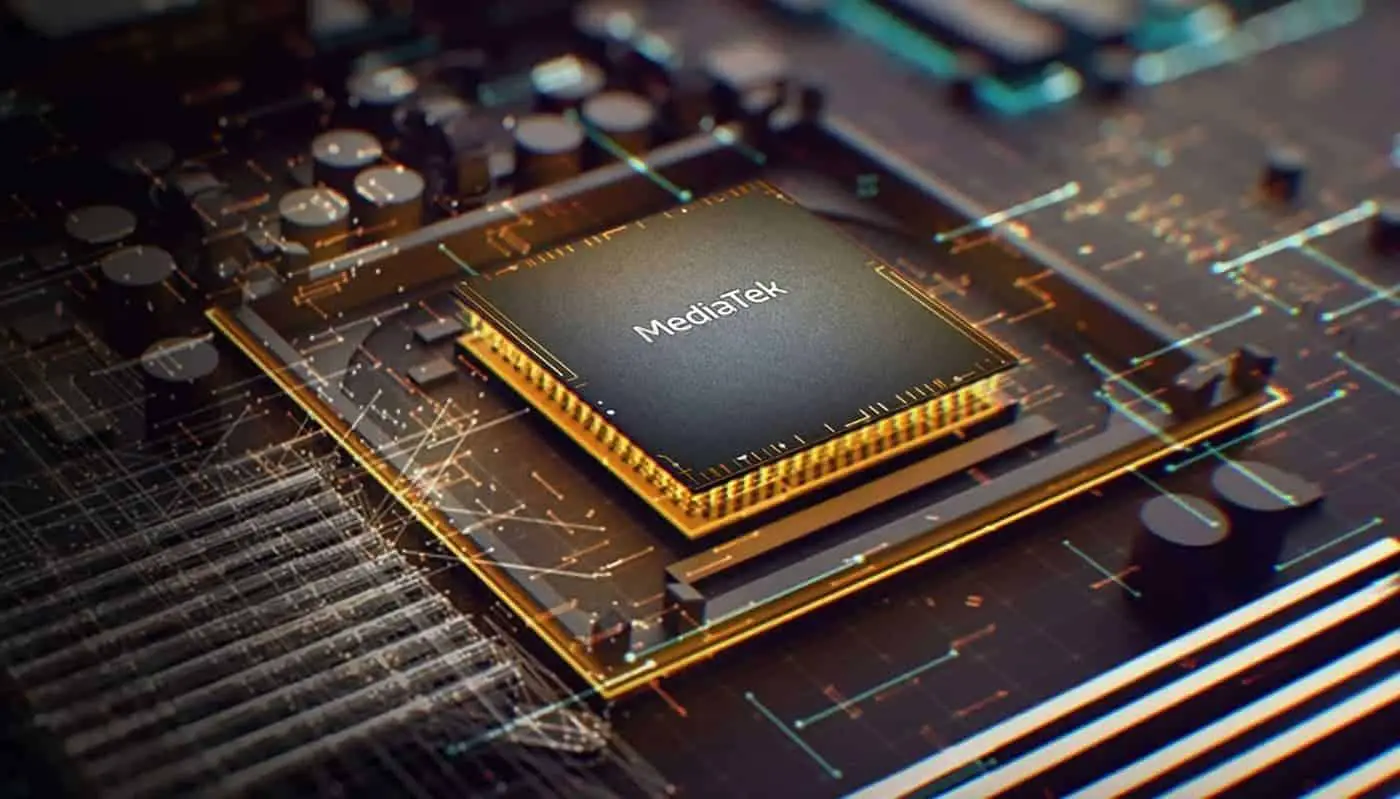The push towards satellite calling technology on smartphones continues – MediaTek has announced that it will be demonstrating its 3GPP Non-Terrestrial Network (NTN) technology at the Mobile World Congress in Barcelona, which coincides with the launch of smartphones featuring MediaTek’s satellite connectivity hardware.
The company will also be sharing a sneak peek of its next-generation 5G New Radio NTN (NR-NTN) technology for the next wave of satellite-enabled devices.
The tech used inside satellite-enabled smartphones allows users to stay in touch even in far-off areas and uninhabited locations with poor to zero network coverage. According to JC Hsu, Corporate Vice President and General Manager of MediaTek’s wireless communications business unit:
“Two-way satellite communications on smartphones and other devices will usher us into a new era of connectivity and open up new possibilities across many different verticals. Our standalone MT6825 chipsets, which are based on the 3GPP NTN open standard, can be integrated into any flagship smartphone to deliver a seamless satellite connectivity experience.”
MediaTek says that it will target both IoT-NTN and NR- NTN technology based on the 3GPP 5G specification for Release 17 (R17) in the years to come. IoT-NTN is designed for low data rate connections making it ideal for messaging, while NR-NTN allows for higher data rates that can support video calls and other applications.
MediaTek is also teaming up with Bullitt to bring new devices with 3GPP NTN technology to the market, which use the MT6825 chipset to connect to the Bullitt Satellite Connect platform (which will be available in April 2023). This includes the Motorola Defy 2 and CAT S75 smartphones, and the Motorola Defy Satellite Link, which adds satellite connectivity via Bullitt’s platform to any smartphone via Bluetooth.
Additionally, MediaTek’s IoT-NTN solutions are standalone chipsets that can be added to any 4G or 5G device, and use the open 3GPP R17 NTN standard. This makes it easier to integrate the chipsets into OEM devices – once a device has been certified for 3GPP R17 IoT-NTN it can be used on any IoT-NTN compliant network. Additionally, mobile network operators can partner with service providers to offer roaming services or establish their own satellite networks that support the standard.
The MT6825 can likewise connect to Geosynchronous Equatorial Orbit (GEO) constellations, which could be converted into 3GPP NTN compliant network easily and are widely available now on the orbit. The chipset is likewise designed for low system requirements, in addition to power efficiency.










Comments